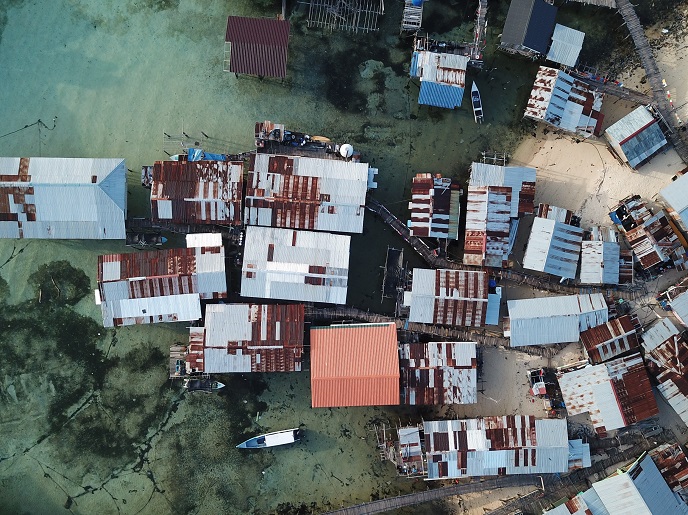Attributing global sea level rise to its component parts
As the Earth’s temperatures rise, so too do its sea levels. “Sea level rise is likely to be one of the most serious and tangible consequences of future climate change,” says, J.L. Bamber, a professor of Geographic Sciences at the University of Bristol(opens in new window) and the Technical University of Munich(opens in new window). Just how serious are these consequences likely to be? According to research published within this project, there is a 5 % probability that sea level rise (SLR) could exceed 2 m by 2100, displacing around 600 million people. But rising sea levels aren’t just a societal challenge, they’re a critical research challenge too. “Confidence in future projections will be dictated by our ability to correctly account for observed sea level changes from the past,” explains Bamber. Unfortunately, confidence is currently rather low, the result of existing methods for forecasting variations in sea level being full of inconsistencies. But this is something that Bamber, along with his research team, intend to address. With the support of the GlobalMass(opens in new window) project, they are leading an effort to create a data-driven, statistically rigorous approach to estimating SLR. “Such a globally consistent approach would improve our understanding of recent trends and, in turn, enable us to make better projections about the future,” notes Bamber.
The first to apply direct observations at a global scale
At the heart of this European Research Council(opens in new window) funded project was the use of a Bayesian hierarchical model (BHM). This model contains three ‘layers’ of information: an observational layer that utilises all available direct data, a process layer that describes the relationship between the physical processes and the observations, and a parameter layer that contains prior knowledge about the system. As Bamber explains, each observational data set has markedly different spatio-temporal characteristics and patterns of error. “These differences, if accounted for correctly, mean that a statistically rigorous combination of the data sets can produce robust ‘separation’ of the signal between the five physical processes that influence sea level,” he adds. “When the observations are not uniquely controlled by a single process, as is the case here, the use of prior information greatly facilitates this source separation.” While a BHM-based approach had already been developed and tested over Antarctica, GlobalMass was the first to include more direct observations and prior information and apply this at a global scale. In doing so, researchers were able to make significant progress on a wide range of problems related to contemporary and future projections of SLR. For example, the team produced a consistent and comprehensive assessment of how land ice contributes to SLR, and assessed the consistency of the sea level budget for individual ocean basins.
Bringing together expertise from across the geosciences
According to Bamber, the project’s success is the direct result of its multifaceted team, which brought together expertise and knowledge from across the geosciences. “This was an ambitious and technically and scientifically challenging project and I am proud of the progress we made in understanding and documenting the factors influencing contemporary SLR,” he concludes. This work will continue via a proof of concept grant and through involvement in a new project with the European Space Agency(opens in new window).







